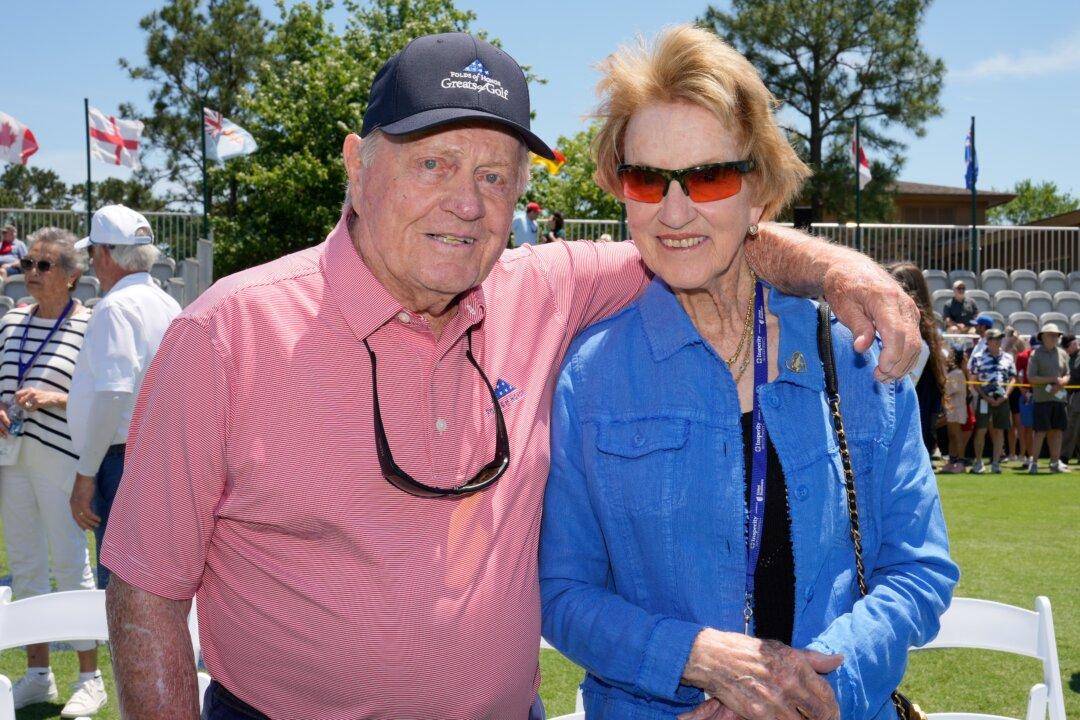There’s an old golf adage that says when you hit your ball into trouble, don’t complicate matters in attempting a risky recovery shot with little positive percentage. Such an action will likely cause a bad situation to spiral even further out of control.
After losing the Ryder Cup Matches for the eighth time in 10 tries, the PGA of America decided to create a “task force” in order to pull together a myriad of different people with a range of ideas on how to determine what future steps would be taken in selecting the next USA team captain and on all other related dimensions tied to the American effort.
Instead of allowing the “dust to settle” just a bit, the PGA brain trust opted to create layers in the hope of showing urgency to correct the past results. To use the golf analogy again, once you hit the ball into trouble, focus on the highest probability of success via a clear, safe play—no need to panic and rush things along, which only serve to further muddy the waters.
Jack Nicklaus offered, a few weeks after the matches concluded, the following: “(The Europeans) just played better,” said the 18-time major champion. “It doesn’t make any difference how much planning you do, if the other team plays better, they’re going to win.”
Want to know why Nicklaus played at the highest of levels for so long? Just re-read his sober and clear-eyed focus. No need to complicate matters. Just hit the right shots at the right time and make the key putts when matches get tight down the stretch. If players execute and play well, the rest takes care of itself.
Just when you think things cannot get much worse for the PGA of America leadership, the Association’s president Ted Bishop makes social media comments as a counterpoint to statements made by Englishman Ian Poulter in the aftermath of the matches.
The statements were clearly sexist in tone, but are not indicators of a history by Bishop suggesting a recurring pattern of behavior exists. In simple terms, the man put his mouth ahead of his head and failed to realize that in today’s “click of a mouse” world you can easily shoot yourself and the people you represent in the foot.
So what did the PGA of America do? Instead of allowing the situation to momentarily play out, the PGA leadership opted for a nuclear bomb response. Literally, overnight Bishop was thrown under the bus and forced out so the PGA could demonstrate a politically correct posture.
Given the fact that Bishop had only a few weeks left before his term concluded, the reaction could have been scaled to an appropriate level. How about getting a sincere apology from Bishop instead of the clear knee-jerk response? One has to wonder whether the PGA simply did not want to get caught short in doing anything that the politically correct forces would not bless.
Given the waterfall of badly managed events, the leadership of the PGA of America should heed the following:
1. Don’t feel compelled in rushing to make a major decision. Allow some time to pass, even 2 to 3 days, and gauge if the emotions are still red-hot. This gives you valuable time to reach key stakeholders throughout its various branches in America—most notably in dealing with the unprecedented Bishop matter.
People don’t lead without followers, and followers don’t follow without being asked for input. Jump too far ahead of those you are meant to lead, and you may find out that the plank you just walked out on has been sawed off behind you.
2. Look at America’s re-establishment as the world’s premier basketball country. The PGA of America should get more outside involvement and less of an insular focus. Examine what Jerry Colangelo has done for USA Basketball. Continuity and resolve to stay the course have resulted in one brilliant success after another.
Colangelo smartly tabbed Mike Krzyzewski of Duke to coach the American squad, and from that has come unquestioned supremacy in the sport. Colangelo did not need a “task force.” He used his smarts to get the right people and then stay out of the way for them to do what they do best. Maybe the PGA should contact Colangelo and pick his brain?
3. Work with the PGA Tour and schedule events in a more sane-like approach. The conclusion of the FedEx Playoffs in 2014 meant four consecutive tournaments—followed by one week off—and then the Ryder Cup in Scotland. Too much golf means players are not rested and fully zoned in for what’s needed.
The schedule for 2015 looks better with adequate gaps included—especially since next year’s President’s Cup Match is in South Korea. The same will be needed in 2016 when the next Ryder Cup Matches are played at Hazeltine in Minnesota.
4. Pick a captain and assistant captain with the thought in mind of providing for both learning and sustaining the effort—not just for the 2016 matches but for future ones as well. No need to reinvent the wheel every two years. Continuity and certainty have a way of providing maximum results. Europe has done this to great success. Why not mimic that approach?
5. Do not finalize the Ryder Cup lineup until all of the FedEx Playoff events conclude. This past USA squad squandered opportunities in not selecting the likes of Billy Horschel and Chris Kirk.
M. James Ward, a member of Golf Writer’s Association of America (GWAA) and past member of Met Golf Writer’s Association (MGWA), has reported on golf’s grandest events since 1980 in a variety of forums.





